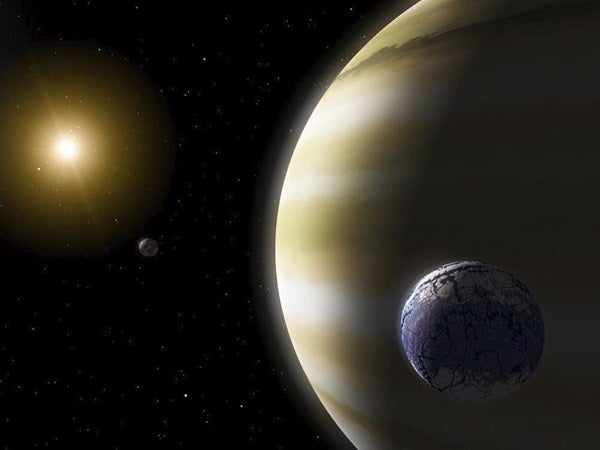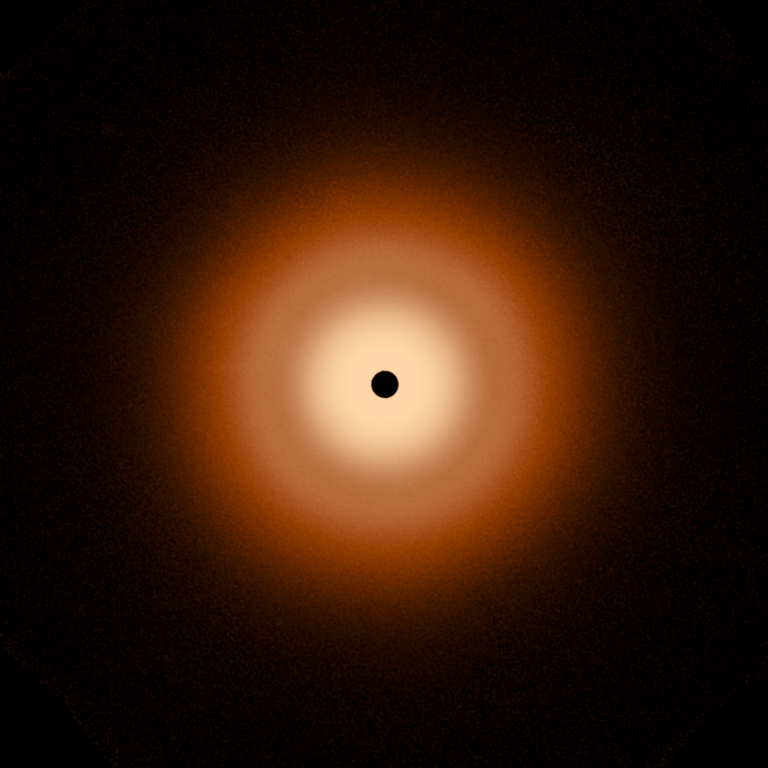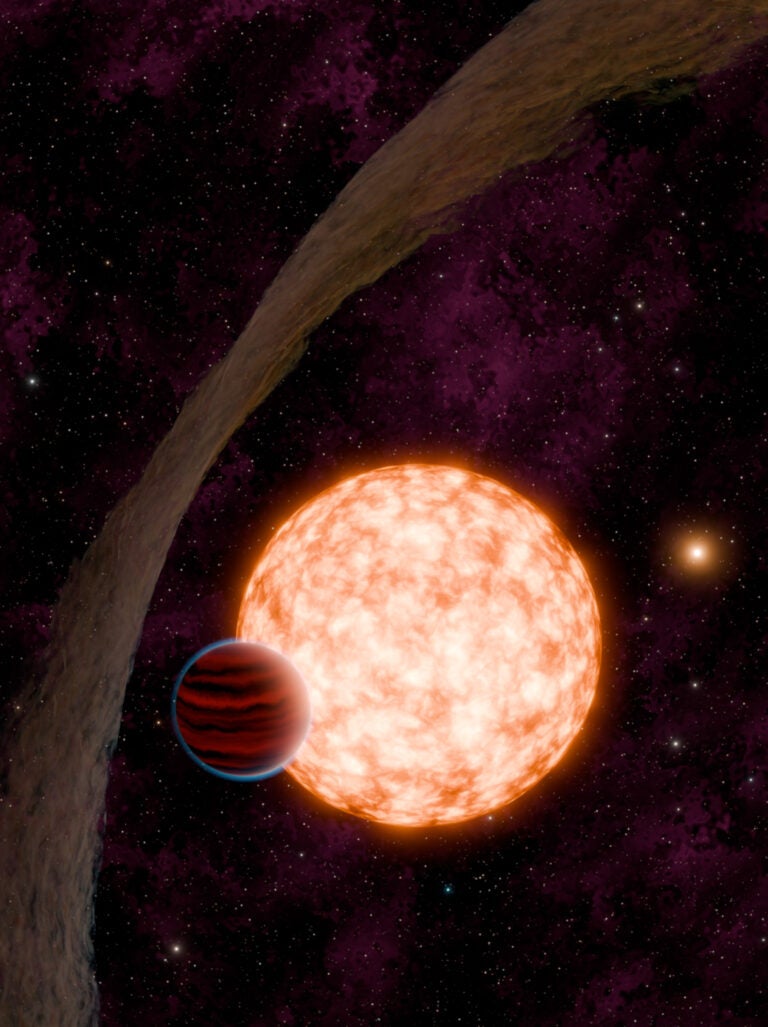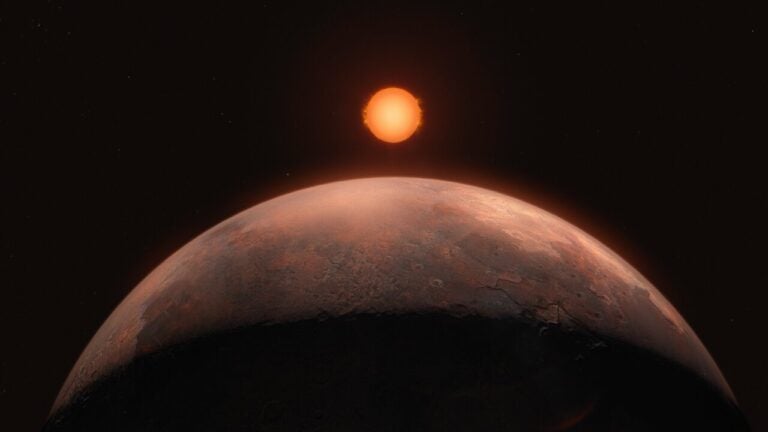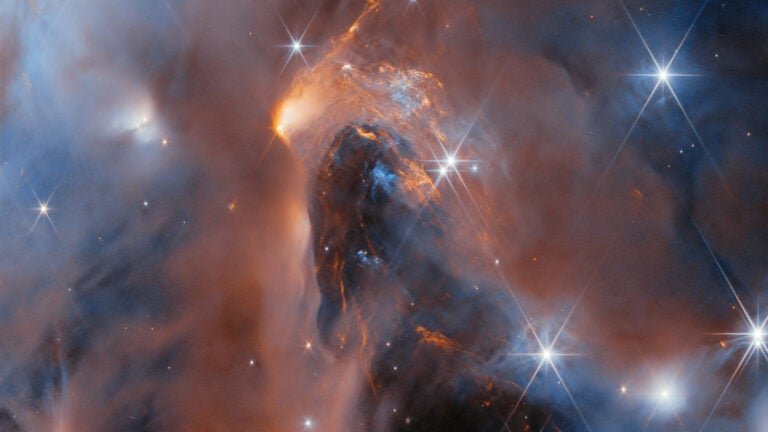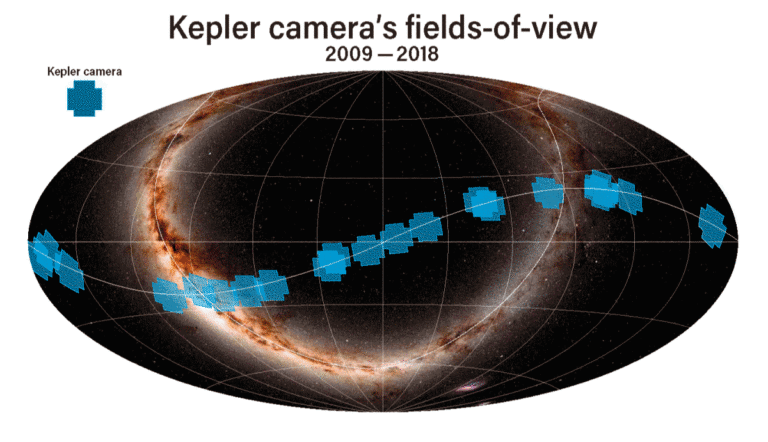Take Pluto and Charon. Is Charon a moon, or do Pluto and Charon constitute a binary? What about Earth and our Moon? In both cases the mass of the moon is exceptionally large compared to the mass of the planet. And if the difference between the two masses is small enough, the center of gravity can lie outside the planet, in the space between the planet and the moon, and the two objects both actually orbit this point in space. Such is the case for Pluto and Charon, so you might call it a binary. But many of us continue to call Charon a moon. The dividing line is quite blurry, and evidently a matter of preference.
What is clear, though, is that Charon and our Moon must have formed differently from the moons around, say, Jupiter, which are thought to have formed in a disk of material swirling around the planet in the early days of the solar system. By contrast, both Charon and our Moon are thought to have resulted from catastrophic collisions in the deep past.
The exomoon candidate we identified, if it exists, is also much too large to have formed in a disk of material around Kepler-1625b. If we’re correct, it’s about the size of Neptune. That’s something hardly anyone has anticipated and is reason enough to be agnostic about the moon’s existence until we’ve confirmed it with our recent Hubble observations. We tend to think theorists shouldn’t worry too much about how it formed until we know it’s real, but recent work has suggested that a system like Kepler-1625b could be formed through gravitational capture, more akin to the way Neptune acquired its large moon Triton.
The universe is really good at surprising us, and sometimes the most exciting observations are the ones that aren’t easily explained. If the moon around Kepler-1625b turns out to be real, it should be a nice puzzle for the theorists. But we’ve got to confirm it first, so stay tuned.
Alex Teachey
NSF Graduate Research Fellow,
Department of Astronomy,
Columbia University, New York

